By Ki Lin Tay, Esq.
and
Jaimee K. Wellerstein, Esq.
On September 17, 2020, Governor Gavin Newsom signed another COVID-19 related bill into law – Assembly Bill 685. This new bill imposes strict notice and reporting requirements upon California employers, in both the public and private sector, and expands the California Division of Occupational Safety and Health’s enforcement authority to ensure safe workplace operations.
Assembly Bill (“AB”) 685 – which will go into effect January 1, 2021 – sets out several categories of employees to whom notice must be provided, and establishes detailed written notice requirements, which must be quickly prepared and distributed to employees within time limits set by the bill. The mandates set out by the new law are certainly not straightforward, so California employers will need to pay close attention to the complexities of AB 685, and should start the compliance process now to ensure they meet the requirements of this new law come the new year.
New COVID-19 Notice and Reporting Requirements
AB 685 requires all California employers, public or private, to provide “notice of a potential exposure” to COVID-19 from a “qualifying individual” within one day of being informed of a potential exposure at the “worksite.” These terms are specifically defined in the bill, as follows.
When Does An Employer Receive “Notice of a Potential Exposure”?
Under the new law, notice of a potential exposure is defined to include:
a) Notification from a public health official or licensed medical provider
that an employee was exposed to a “qualifying individual” at the
worksite;
b) Notification from an employee or the employee’s emergency contact that
the employee is a “qualifying individual”;
c) Notification through the testing protocol of the employer that the
employee is a “qualifying individual”; or
d) Notification from a subcontracted employer that a “qualifying individual”
was on the employer’s worksite.
Who is a “Qualifying Individual”?
A “qualifying individual” is any person that has: (1) a laboratory-confirmed case of COVID-19; (2) a positive COVID-19 diagnosis from a licensed health care provider; (3) a COVID-19 related order to isolate from a public health official; or (4) has died from COVID-19.
It is important to note that if an employee provides informal notice that they may have been exposed to COVID-19 – that is, where one of the above four “qualifying” scenarios has not occurred – that employee is not a “qualifying individual” as defined by AB 685. However, it is always best practice to remove any employees that suspect that they have been exposed to COVID-19 in order to maintain the health and safety of the workplace, unless and until testing or diagnosis can be obtained to confirm they are not infected with the virus.
What is Considered the “Worksite”?
Pursuant to AB 685, the “worksite” is defined as “the building, store, facility, agricultural field, or other location where a worker worked during the infectious period”. The term “worksite” does not include “buildings, floors, or other locations of the employer that a qualified individual did not enter”. Employers need only provide notice to workers that were at the same worksite as the qualified individual.
Who Must the Employer Notify?
The new bill sets out three categories of employees to whom notice must be provided. The employer must provide written notice to: (1) all employees; (2) the employee’s exclusive representative, where applicable; and (3) the employers of any subcontracted employees “who were on the premises at the same worksite as a qualifying individual” within the “infectious period” (as defined by the State Department of Public Health).
Furthermore, if the level of exposure meets the definition of a COVID-19 “outbreak,” as defined by the State Department of Public Health, the employer must provide notice to the local public health agency within 48 hours. This notice must disclose the names, number, occupation, and worksite of the employees who have contracted COVID-19. The employer will also have an ongoing obligation to update the local public health department regarding any further confirmed cases of COVID-19.
How and When Must the Notice be Provided?
Written notice must be given within one business day after the employer is informed that there has been a potential exposure to COVID-19 at the worksite. This notice must be provided to employees in the same manner the employer “normally uses to communicate employment-related information”, as long as that method of communication will reach the employees within one business day. These methods of communication may include personal service, overnight mail, electronic mail, or text message, provided it can be reasonably anticipated that the employee will receive the communication within one business day. This notice must be provided in English as well as any other language understood by the majority of the employees at issue.
In addition, “exclusive representatives” of the employees, such as union representatives, must receive notice which contains the same information required to be indicated in a California Division of Occupational Safety and Health (“Cal/OSHA”) Form 300 incident report, to the extent that information is known to the employer.
What Information Must the Notice Contain?
The notice to employees must contain the following information:
a) Notification from a public health official or licensed medical provider
that an employee was exposed to a “qualifying individual” at the
worksite;
b) Notification from an employee or the employee’s emergency contact that
the employee is a “qualifying individual”;
c) Notification through the testing protocol of the employer that the
employee is a “qualifying individual”; or
d) Notification from a subcontracted employer that a “qualifying individual”
was on the employer’s worksite.
In terms of record-keeping requirements, employers must retain records of any written notices issued for a period of three years.
Are Any Employers Exempt From These Provisions?
Yes – the notice requirements do not apply to certain health facilities as defined in Section 1250 of the Health and Safety Code, nor do they apply to employees who, as part of their duties, conduct COVID-19 testing or screening or provide direct patient care or treatment to individuals who are exposed to or have tested positive for COVID-19, unless the qualifying individual is an employee at the same worksite.
Cal/OSHA’s Expanded Enforcement Authority
AB 685 expands Cal/OSHA’s authority to shut down places of employment by prohibiting operations and entry onto the worksite if that worksite poses any risk of exposure or “imminent hazard to employees” related to COVID-19. In the event that this occurs, Cal/OSHA will provide the employer with a separate notice that must be posted in a conspicuous location.
Employer Takeaway:
Given the complexities and detailed requirements of this new bill, as well as the short window of time permitted to provide the required notices, California employers should immediately begin implementing the practices and procedures necessary to ensure compliance with these new laws in time for the new year.
For further information or assistance with preparing for compliance with these new requirements, contact your attorneys at Bradley, Gmelich & Wellerstein LLP. We are here to help you make the compliance process as painless as possible!


Jaimee routinely represents employers in federal and state courts and in arbitration proceedings throughout the state, as well as at administrative proceedings before the Equal Employment Opportunity Commission, the California Department of Labor Standards Enforcement, the United States Department of Labor, and other federal and state agencies.
Jaimee assists as a Legal Advisor to CALSAGA, and is a member of ASIS International. She is rated AV-Preeminent by Martindale-Hubbell, the highest peer rating available. jwellerstein@bgwlawyers.com

